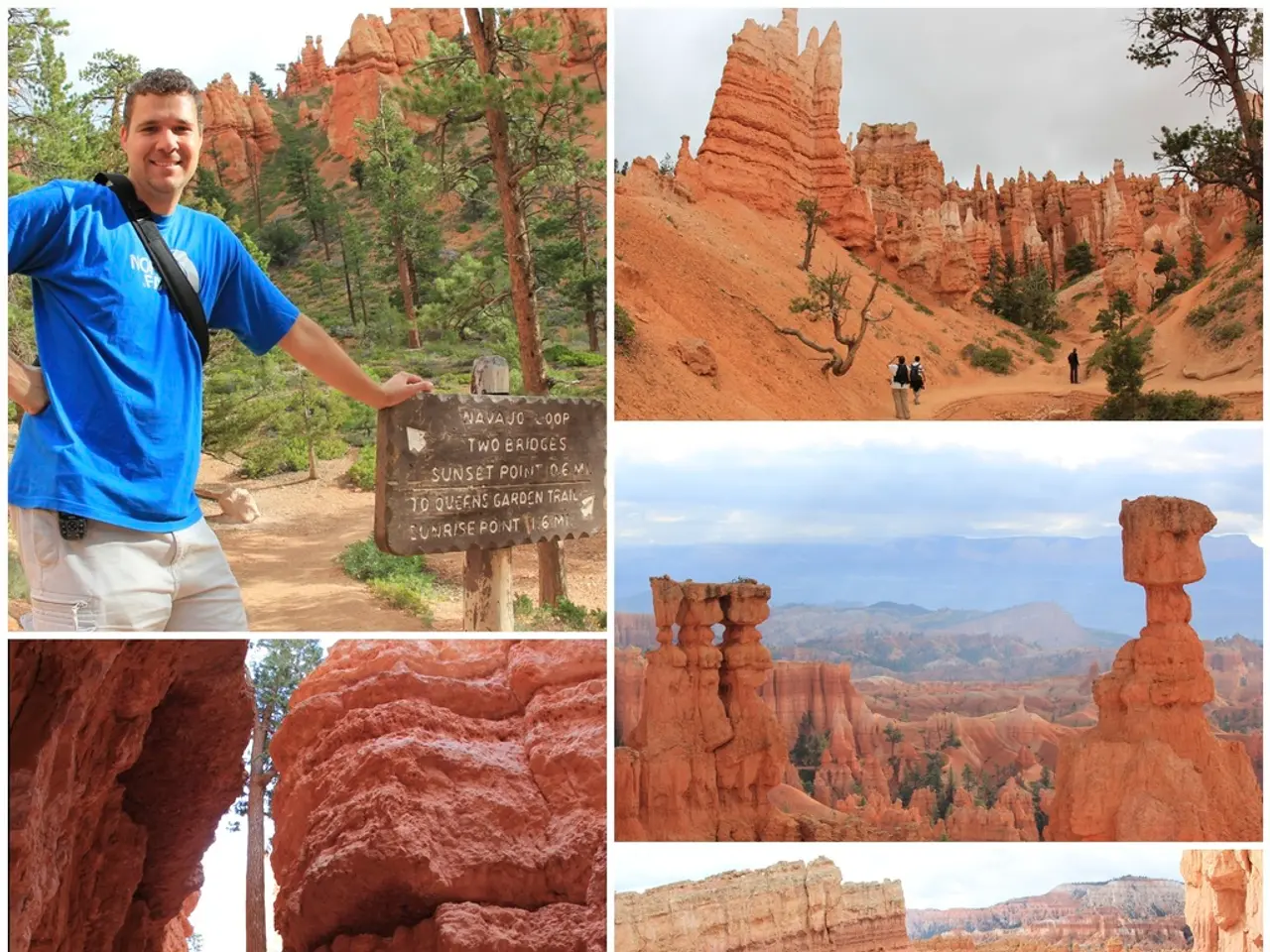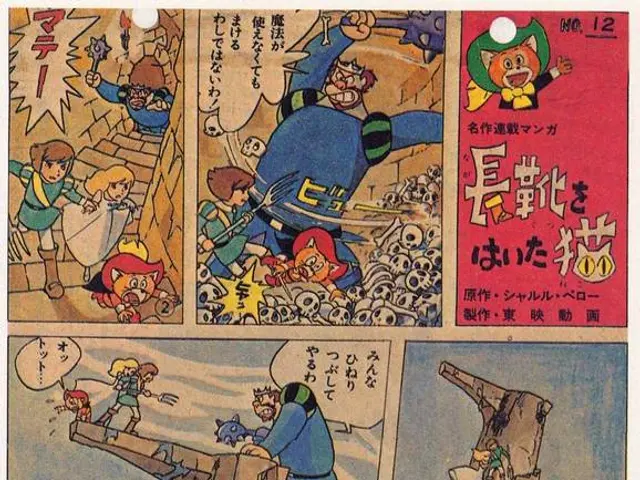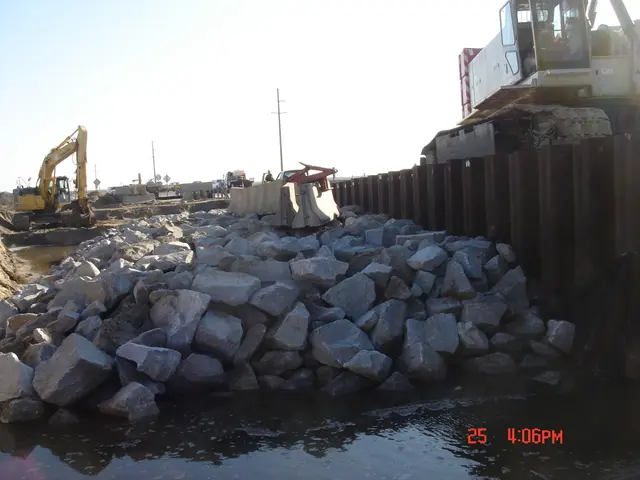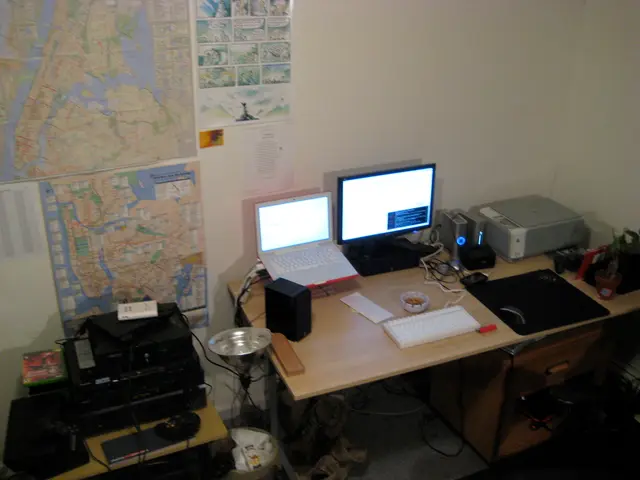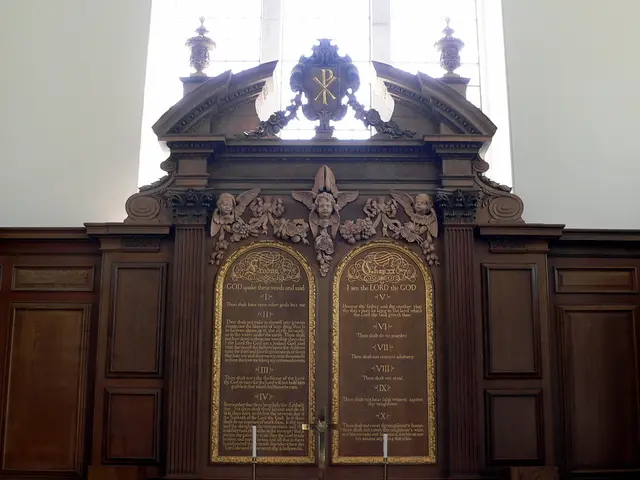Aswan Dam's Legacy: Nubia's Lost Heritage and Cultural Resilience
Sudan and Egypt faced a monumental challenge in the mid-20th century when the construction of the Aswan High Dam threatened to engulf vast areas of Nubia, including numerous archaeological sites and communities. Despite extensive rescue efforts, much of Sudan's submerged Nubia was lost, and many Nubian communities were displaced, leading to an outpouring of cultural expression mourning their lost homelands.
The dam, completed in 1964, posed a significant risk to hundreds of miles of fertile valleys, archaeological sites, and entire communities. UNESCO led an international effort to save Egyptian Nubia's archaeological sites, deeming it 'the greatest archaeological rescue operation of all time'. In Sudan, the government appealed to save its share of Nubia, relocating four temples and one tomb to Khartoum's new National Museum, which opened in 1971. The museum served as a symbol of national pride, showcasing Sudan's rich cultural heritage.
The relocation of these temples was a meticulous process, involving chemical treatment, dismantling, floating on barges, and transporting by train. Despite these efforts, most of Sudan's submerged Nubia vanished, and many Nubian communities were uprooted, losing their cultural identity. The dam also triggered a flurry of archaeological exploration, uncovering Christian-era cities, medieval churches, and burial grounds that expanded the known history of Sudanese Nubia. Nubians on both sides of the border composed mournful songs and plays about their drowned homelands, preserving the sorrow of forced migration.
Today, even the saved treasures in Khartoum's museum are under threat, with artifacts turning up for sale in South Sudan. The Aswan High Dam stands as a monument to the profound sacrifice of Nubian communities, a reminder of the cultural loss and displacement that occurred in the name of progress.
